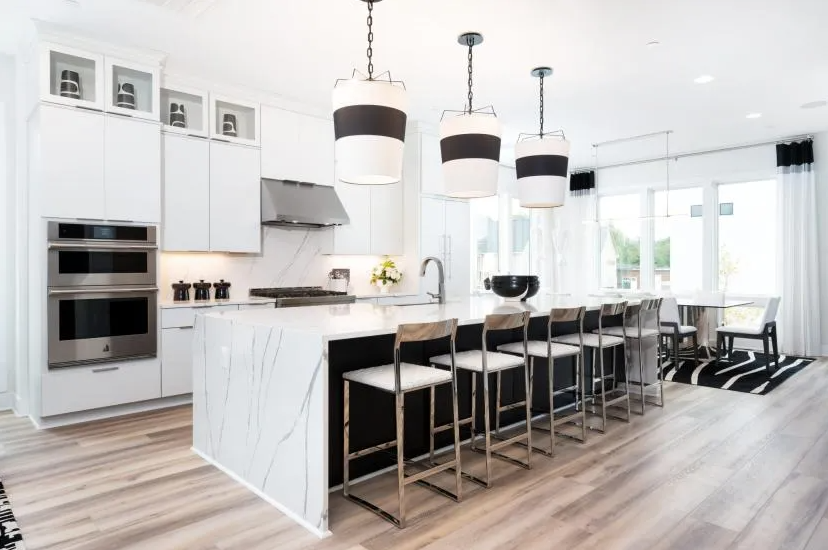Our New Home Trends Institute has been on a mission this past year: find ways to cut costs without sacrificing what consumers want in a home. Some results surprised us so much that we second-guessed our data. Here are three that left us contemplating and contesting—but ultimately convinced:
- The best spot for the kitchen sink is not on the island.
- Most buyers don’t need a walk-in pantry.
- Pricey upper-level decks are getting replaced by ground-level outdoor spaces.
Everything but the Kitchen Sink…on the Island
As open-concept kitchens caught on, many designers moved the sink off the countertop and onto the island, allowing the host to face guests. Not only is this pricier to build or remodel for (you must run water to the island), but it turns out that consumers don’t want it. 59% of those we surveyed favor a sink on the perimeter countertop, compared to 18% on the island. Keeping the sink off the island also frees up prime real estate for serving food and informal dining.
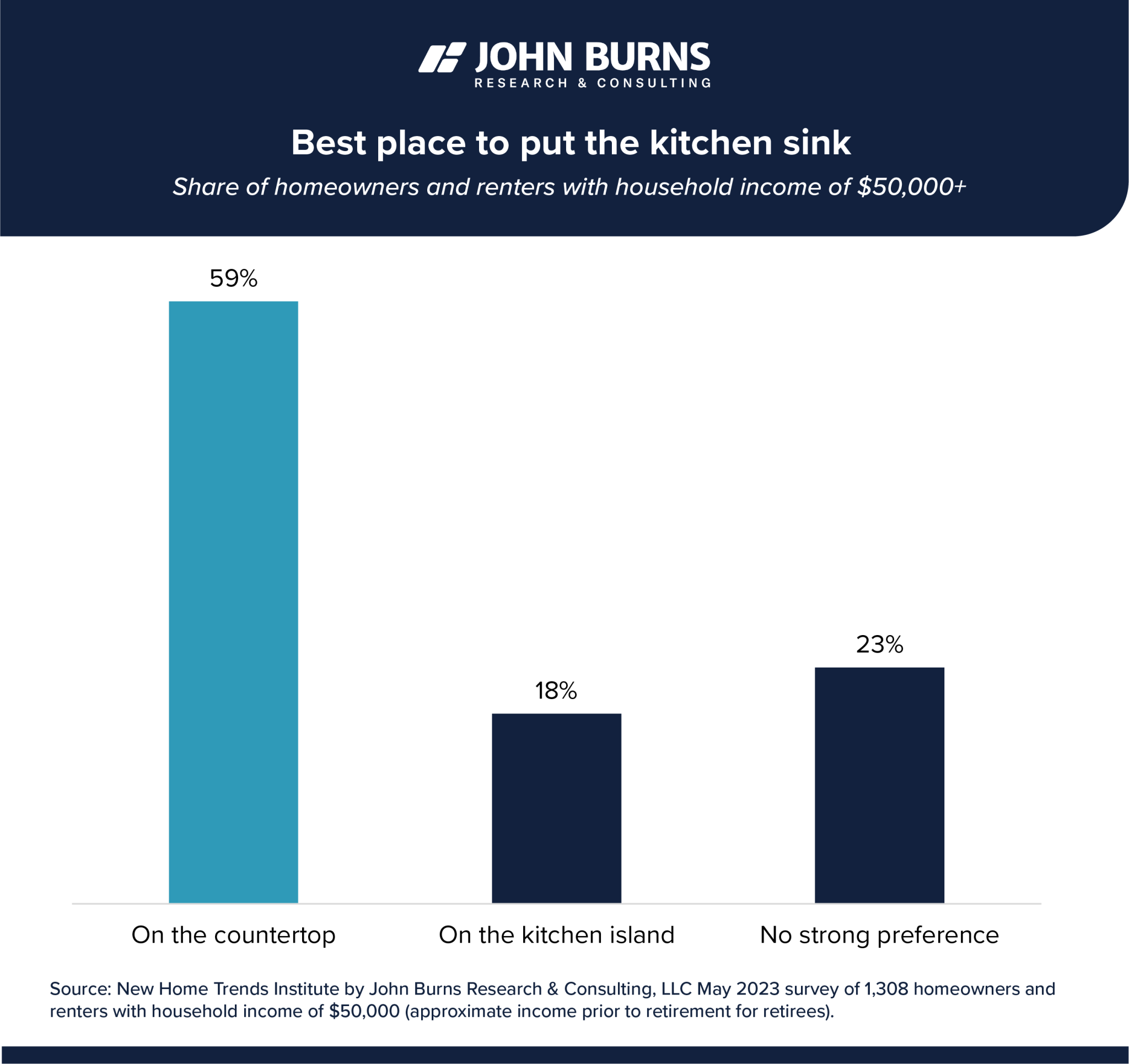
Multiple NHTI members shared that this finding gave them the confidence to pull the sink off the island in upcoming designs. Having a window above the sink is still ideal (so people aren’t stuck facing a wall when they wash dishes), but we are even seeing designers bend this conventional rule if they cannot include a window.
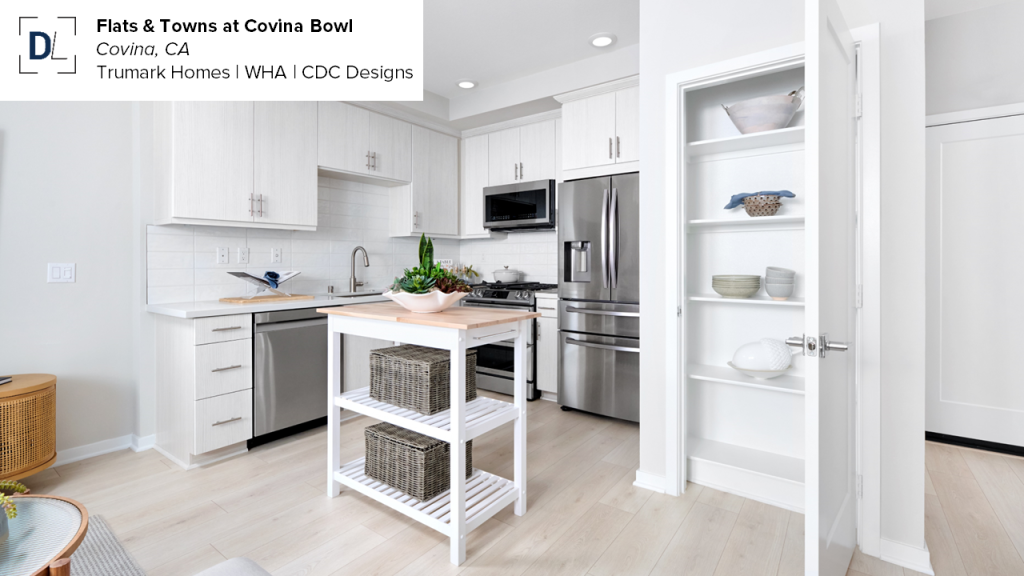
To Pantry or Not to Pantry
While homeowners value walk-in pantries, not having one only becomes a big concern in homes larger than 3,000 sq. ft.¹ Even then, most consumers will still accept a home with a pantry niche (a recess in the wall used for food storage) or expansive cabinetry¹ in lieu of a walk-in pantry. Some consumers will even give up a walk-in pantry to avoid a stacked washer/dryer. These trade-offs come down to storage workarounds.
Consumers are seeing more ways to maximize storage space on HGTV and Pinterest and are more willing to explore new options in their homes. There are many opportunities to add storage in a home; finding space to unstack your washer and dryer is less simple
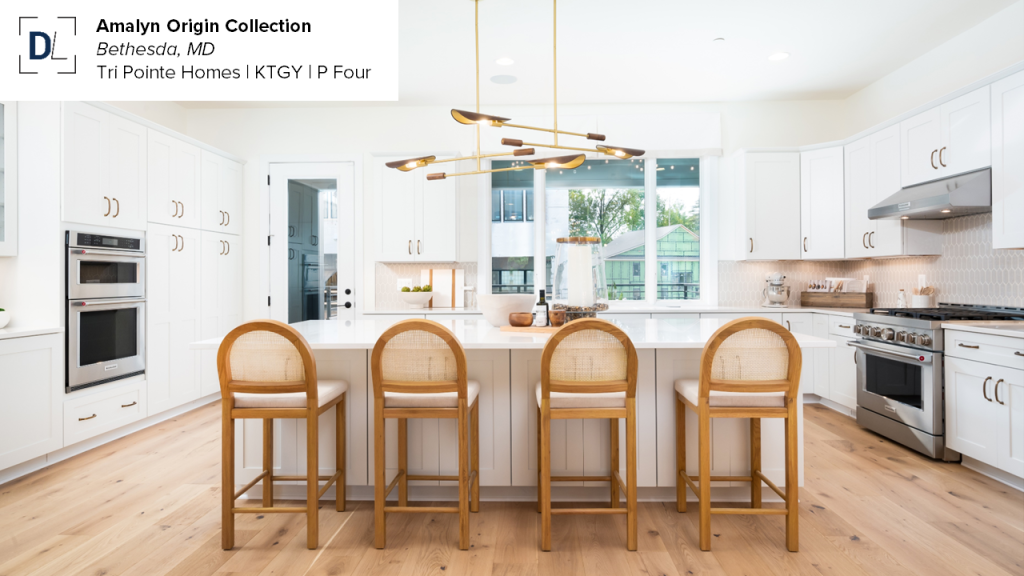
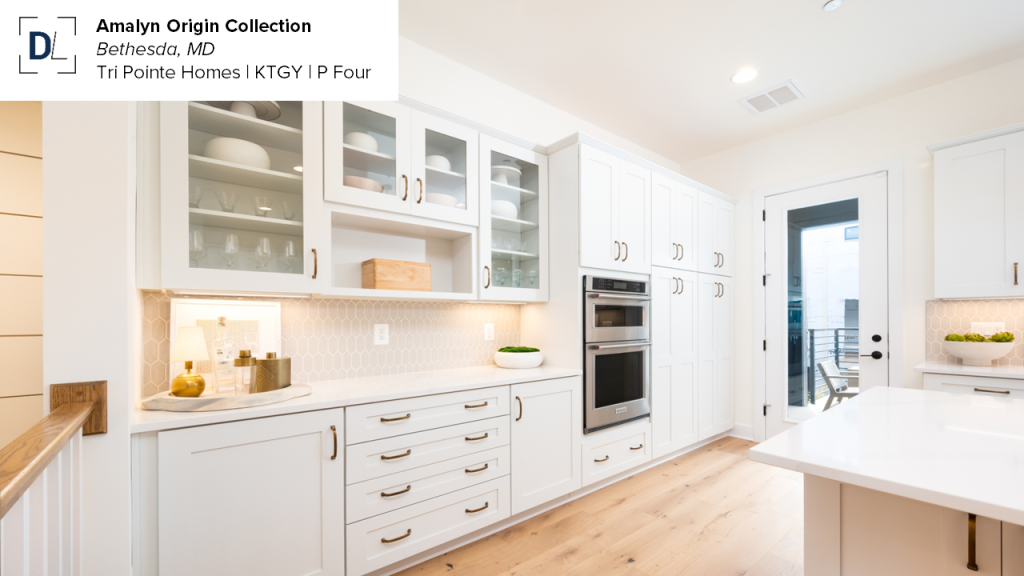
The Lowdown on Upper Decks
In our Annual Survey of Architecture², architects predicted less space would go to upper-level outdoor space (i.e., second-floor decks) and more to the ground floor in the coming years. If this puzzles you at first, you are not alone. Homes are getting built closer together. Wouldn’t this imply more decks and smaller yards? The rationale for this prediction boils down to two factors:
- Upper-level decks are expensive to build due to the additional structural support required.
- Consumers don’t value upper-level decks as much as having a functional yard or outdoor room.
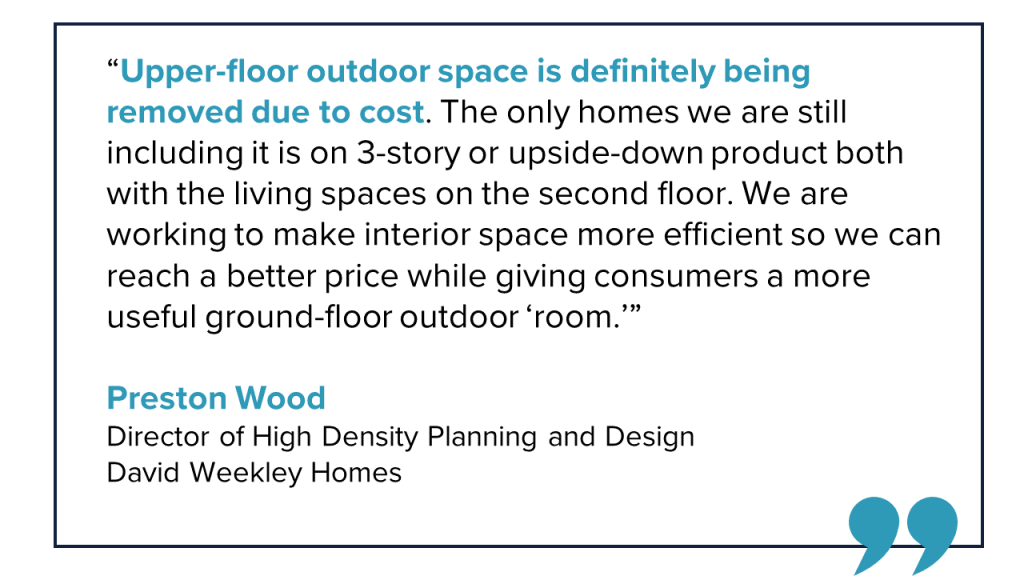
It is easy to fall into the rut of what we have always done. At the New Home Trends Institute, our passion is to optimize home designs through actionable data and insights.
To learn more about membership or custom consulting work, reach out here.
1 Source: New Home Trends Institute by John Burns Research and Consulting, LLC, February 2022 survey of 1,199 US homeowners with household income of $50,000+.
2 Source: 2023 US Residential Architecture & Design Survey conducted by the New Home Trends Institute by John Burns Research & Consulting, LLC and Pro Builder.
